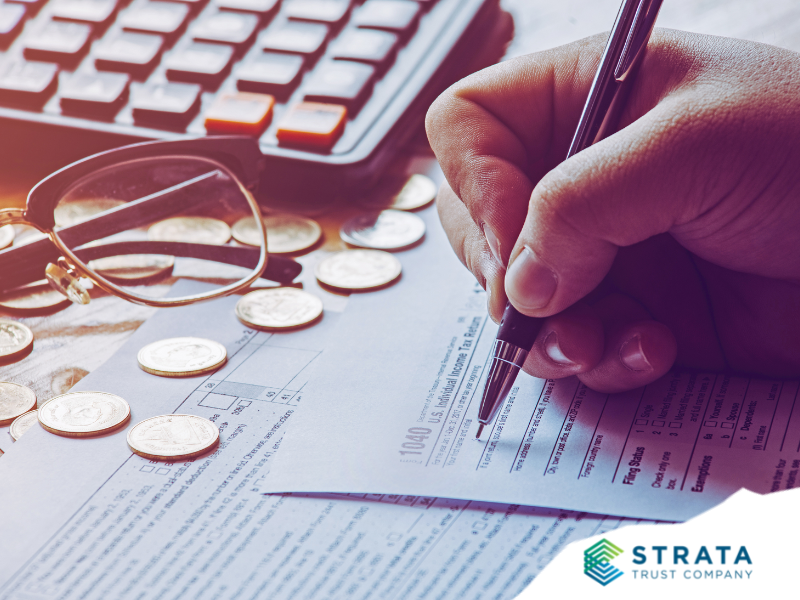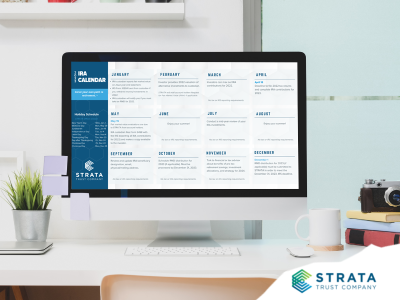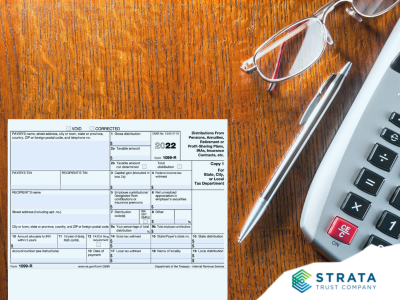You’ve put money and time into your self-directed IRA. To ensure that you receive the maximum tax benefits you’ve earned, you must file the appropriate forms with the IRS each year. Even as you engage a tax professional to prepare your tax return, you are responsible to provide certain information to the professional regarding your IRA transactions for the year, and in some cases for prior years. To make certain that you gather the correct information, this article will provide a basic overview of common SDIRA tax triggers and IRS forms you may need to file in addition to your 2022 tax return. .
Why Taxable IRA Transactions are Triggered
Several IRA-related actions trigger the need to file additional IRS forms along with your annual income tax return. Instead of memorizing a long list of complicated transactions, it may be easier to think more generally about the nature of IRA transactions that can require additional tax forms for your IRA. The most common actions that trigger taxes on IRAs are:
- Adding, taking out, or moving after-tax assets (also referred to as nondeductible contributions and basis)
- Withdrawing assets before age 59½ or taking another action for which the IRS may assess a penalty.
With this in mind, the following scenarios* below are mapped to the additional IRS forms you may need to file:
| In 2022, if you… | Then you may need to file this IRS form with your 2022 tax return: |
|
Form 8606, Nondeductible IRAs |
|
Form 5329, Additional Taxes on Qualified Plans (Including IRAs) and Other Tax-Favored Accounts |
|
Form 8915-F, Qualified Disaster Retirement Plan Distributions and Repayments |
*This list does not include all the scenarios that may result in the need to file additional tax forms for your IRA.
IRS Forms 8606 & 5498 Explained
IRS Form 8606 – Don’t Pay Tax Twice
Form 8606 is filed with your federal income tax return each year you need to track basis going into or out of your IRA, so you aren’t taxed twice on the same assets. For example, if you were not able to take a tax deduction for a Traditional IRA contribution you’ve made, that contribution is considered to have been made with money that has already been taxed. These contributions should not be taxed again when removed from the IRA, so they are tracked as basis on Form 8606. Basis is also made up of after-tax assets rolled into the IRA from an employer retirement plan and repayments of qualified disaster or reservist distributions. If you have basis in your Traditional IRA and withdraw from any Traditional, SEP, or SIMPLE IRA, you will need to file Form 8606 to determine the amount of basis included in the distribution. The basis is distributed untaxed.
Although Roth IRAs only accept after-tax contributions, Form 8606 is required if you convert assets to a Roth IRA or take a nonqualified Roth IRA distribution. This form is not used to track contributions to a Roth IRA.
IRS Form 5329 – Explain Exemptions/Request a Waiver
Form 5329 is filed with your federal income tax return to pay an additional tax owed on an IRA distribution – or explain why you do not owe the additional tax. For example, if you take money from your IRA prior to reaching age 59½ but you meet the higher education expenses exception to the 10% early distribution tax, and your Form 1099-R has code 1 in Box 7 which indicates “early distribution, no exception,” you generally must file Form 5329 to claim the exception.
Form 5329 must also be filed to pay the additional tax owed, or request a waiver if you fail to take your Required Minimum Distribution (RMD) by the deadline and owe a 50% excise tax for 2022. Form 5329 should be updated for 2023 when the 50% excise tax will be reduced to 25%, and potentially 10% if the RMD is taken generally within two years.
IRS Tip: Keep Prior-Year Tax Forms Handy
You may benefit from engaging a tax professional to prepare your tax returns so you don’t inadvertently miss filing a form, paying a penalty, or tracking an IRA basis. To verify the nontaxable portions of IRAs, the IRS advises that IRA owners keep a copy of the following forms and records until all distributions are made.
- Page 1 of Form(s) 1040 filed for each year you made a nondeductible contribution to a Traditional IRA
- Form(s) 8606 and any supporting statements, attachments, and worksheets for all applicable years
- Form(s) 5498 or similar statements you received each year showing contributions you made to a Traditional IRA or Roth IRA
- Form(s) 5498 or similar statements you received each year showing the value of your Traditional IRAs for each year you received a distribution
- Form(s) 1099-R that you received for each year you received a distribution
See our recent blog on how IRA withdrawals are taxed. This knowledge will help you understand why certain information about your IRA transactions must be filed each year to preserve the tax status of your IRA assets.
Talk to an Expert
Although we are not tax experts, our self-directed IRA experts can assist with any questions or concerns regarding the tax filing process for your IRA. STRATA strongly encourages investors to consult with a financial professional or tax advisor to develop strategies for maximizing their IRA savings.











